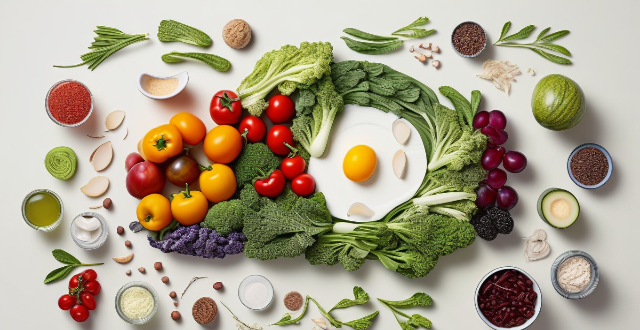Natural food additives are derived from natural sources and are perceived as healthier and more environmentally friendly, while artificial food additives are synthetically produced and often criticized for potential health risks and environmental impacts. The debate over the safety of these additives is ongoing, with both types requiring approval from food safety authorities and safe consumption depending on quantity used. Natural additives generally require less energy and produce fewer harmful byproducts during extraction compared to artificial additives, but sustainable sourcing is crucial to minimize environmental harm. Consumers should be informed about specific additives used in their food products and make choices that align with their values and health goals.

The Difference Between Natural and Artificial Food Additives
Food additives are substances added to food to preserve flavor or enhance its taste and appearance. They can be sourced from natural or artificial origins, each with its own set of characteristics and implications for human health and the environment. This discussion explores the distinctions between natural and artificial food additives in detail.
Natural Food Additives
Natural food additives are substances derived from plants, animals, or microorganisms. These additives are often perceived as healthier and more environmentally friendly than their artificial counterparts.
*Characteristics*:
- Origin: Derived from natural sources such as fruits, vegetables, herbs, spices, and some animal products.
- Labeling: Often labeled as "natural flavors" or "extracts."
- Perception: Generally viewed as safer and more wholesome by consumers.
- Biodegradability: Typically biodegradable, posing less environmental risk.
*Examples*:
- Citric acid from lemons or citrus fruits for flavoring.
- Vanilla extract from vanilla beans for aroma.
- Beeswax for texture in confectionery.
Artificial Food Additives
Artificial food additives are synthetically produced chemicals designed to mimic the effects of natural additives but with enhanced stability and consistency. They are often criticized for potential health risks and environmental impacts.
*Characteristics*:
- Origin: Chemically synthesized in laboratories.
- Labeling: Labeled as "artificial flavor" or "flavoring."
- Perception: Sometimes viewed with suspicion due to health concerns.
- Environmental Impact: May not be biodegradable, posing potential environmental issues.
*Examples*:
- Monosodium glutamate (MSG) for flavor enhancement.
- Aspartame for sweetening with reduced calories.
- Synthetic food colorings like Red #40 for vibrant colors.
Health Considerations
The debate over the safety of natural versus artificial additives is ongoing. While natural additives are assumed to be safer due to their natural origin, they can still pose risks if consumed in excessive amounts. Similarly, while artificial additives have been associated with health concerns, many have been rigorously tested and deemed safe by regulatory agencies when used in appropriate quantities.
*Key Points*:
- Regulation: Both types of additives must be approved by food safety authorities.
- Quantity Matters: Safe consumption depends on the quantity of the additive used.
- Individual Reactions: Some people may have allergies or sensitivities to certain additives, natural or artificial.
Environmental Impact
The production processes for natural and artificial additives vary significantly in terms of their environmental footprint. Natural additives generally require less energy and produce fewer harmful byproducts during extraction compared to the synthesis of artificial additives. However, the farming practices for sourcing natural ingredients can sometimes lead to environmental issues if not managed sustainably.
*Key Points*:
- Energy Use: Artificial additives often require more energy to produce.
- Waste Production: Synthesis processes can generate waste that needs careful handling.
- Sustainable Sourcing: Natural additives should be sourced from sustainable practices to minimize environmental harm.
In conclusion, the choice between natural and artificial food additives involves considerations of health, environmental impact, and personal preference. It's essential for consumers to be informed about the specific additives used in their food products and to make choices that align with their values and health goals.